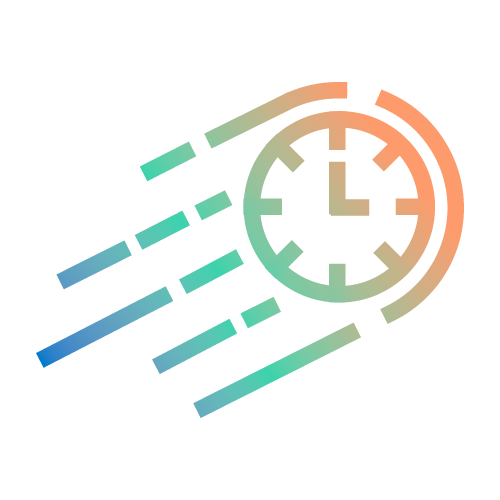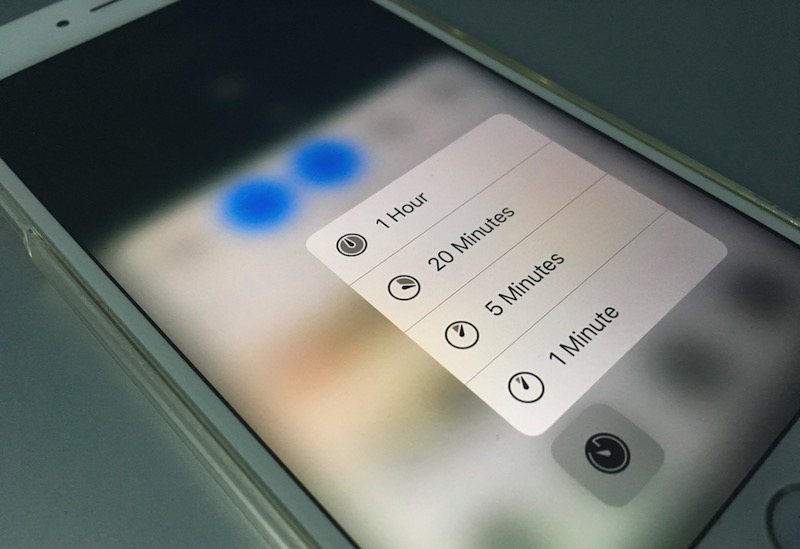Let’s apply Hicks’ words to the world of productivity.
Welcome to the Information (Overload) Era
2 years after the launch of the iPhone, 2009 heralded the global “information era.”
By this time, most knowledge workers worldwide were the proud owners of the advanced device, becoming super-busy, distracted, overwhelmed with information and likely to suffer from FOMO or some version of anxiety or depression.
Exciting, right?
For the past 10 years, we’ve had access to an outrageous amount of information, ideas, platforms, apps and web-tools with which we can do anything we want.
Today, anything you want to learn is available to you.
Any person you want to meet is about 6 connections away.
The platforms that make these opportunities available are accessible and mostly free.
It’s very easy to try to run multiple businesses, participate in multiple initiatives, and try to be in several places at once.
But here’s the million dollar question:
does this overload of options and possibilities help us accomplish our objectives and dreams? Or is it a stumbling block?

Look at Hicks’ words of guidance.
The root of accomplishment is in our ability to envision and imagine where we want to be, what we want to do, how it is going to look and feel.
If we don’t give ourselves the time to sit quietly and contemplate our objectives and dreams, then we’re working against our manifestation super powers.
Time to think is NOT a luxury. It’s ABSOLUTELY OBLIGATORY in today’s fast-paced, information era.
Get that Frontal Lobe into Full Gear
The principle of imagination and vision as critical for accomplishment is not just a fuzzy self-help idea. Brain science backs it up.
Creativity, imagination, problem solving, insights, personal growth, business development, and advanced thought patterns all stem from activity in our frontal lobe.
And the funny thing is – do you know when our frontal lobe kicks into optimal performance?
When we daydream.
Yes, that’s right.
It’s when you’re not thinking about anything in particular that brain scans show the frontal lobe lighting up like crazy. (Which goes to solve the mystery of why you get your best ideas in the shower…)

But guess what happened around 2009?
Smartphones stole our precious moments of daydreaming.
If we have a spare moment, do we “waste” it daydreaming?
No way!
We whip out our phones and check email or lose ourselves in some social feed.
Our brains are kept so busy that we can’t come up with the major or minor solutions that can truly change our lives.
So, you ask, how do we get back the innovative power of our brains?
The Gift of (Unstructured) Time
The world isn’t going to change.
Tech firms are not going to start making info tech less powerful and less intrusive.
That leaves it up to you.
If you slowly but surely allow yourself more time and space to daydream, contemplate, dream and envision, you’ll harness the full potential of your ability to innovate and accomplish meaningful goals.
Want to Take Back Control?
Here’s what I suggest you do:
Step 1: Understand the necessity of daydreaming.
I’m stating the obvious, right?
But often what’s intellectually obvious gets forgotten.
So before you forget about how important daydreaming is in the rush of all the “so, so important” tasks that must be done “right now,” actively remind yourself that daydreaming is not a luxury and not a waste. It’s an out-and-out necessity.
Step 2: Write down 3 daily opportunities to practice daydreaming.
Brainstorm times when you instinctively pull out your phone – even though you technically don’t need to. For example:
- On your 10-minute coffee break
- Standing in line
- On your bus, train or subway commute
- Waiting for a friend
Pick 3 of those times that tend to occur at least once a day as your times to practice daydreaming.
Step 3: Use this time wisely. Here’s how:
Did you pick “coffee break” as one of your times?
Great. Next coffee break, set the timer on your phone for 5-10 minutes.
Photo courtesy of iphonehacks.com
Now you’re free to actively daydream.
Sit quietly and let your mind wander, accompanied by sips of fresh brew.
Your mind will inevitably burst with thoughts, many of them “to dos.”
Capture any interesting thoughts, ideas, insights or to-dos in your notebook or an app.
Then set your mind free to wander again.
Gaze. Daydream.
Keep dropping those ideas into your notebook or app – then going back to daydreaming.
Repeat until the timer goes off.
I call it DROP TILL YOU DROP.
If you do this three times a day, you’ll see the quality of your insights and creative ideas steadily increasing.
You’ll also likely have an easier time falling asleep. Why?
Because when you give your brain processing time during the day, it doesn’t need to start frantically processing everything during its sole daily break when you put your head on your pillow.
Give yourself these three daily breaks to think, contemplate, process and BE.
While you may face internal resistance to this “waste of time,” remind yourself that you are probably the only one around fully accessing their brain’s potential.
You’re the only one at work doing the real work of allowing your frontal lobe to process information and pull out insights and ideas that will push you and your work way further into your desired future.
Try this out at least twice a day for a week – and then email me to tell me how it went!
Pause, Play… and then Fast Forward
Let’s sum up with another quote from Hicks:
Hicks teaches the world that the way for us to achieve our desires is not intuitive:
we must LET GO and allow well-being for ourselves.
When we do that, it is then that the keys to manifestation come knocking on our doors.








